- Body temperature
- Feeding cycles
- Hormone secretion
- Drug and xenobiotic metabolism
- Glucose homeostasis
- Cell-cycle progression
The primary synchroniser of this clock is the 24-hour light/dark cycle, throughout which a feedback loop of gene transcription and the subsequent degradation of gene products occur, and which signals these processes to react accordingly.
Because of the complexity of this circadian loop, disturbances in the timing of gene expression can have a major impact on sleep pattern, disease susceptibility and behavioural stability.
The mammalian CLOCK (circadian locomotor output cycles kaput) is thought to be the master regulator of the central clock of circadian rhythm.
The protein product of CLOCK heterodimerises with BMAL1 to activate transcription of a variety of downstream genes essential for the proper modulation of circadian rhythm.
As a direct regulator of CLOCK, RAI1 adds an important element to the complex circadian feedback loop of transcription.
References:
2. Williams, S.R. et. al. 2012. ‘Smith-Magenis Syndrome Results in Disruption of CLOCK Gene Transcription and Reveals an Inegral Role for RAI1 in the Maintenance of Circadian Rhythmicity’, The American Journal of Human Genetics. Volume 90, Issue 6, 941-949


